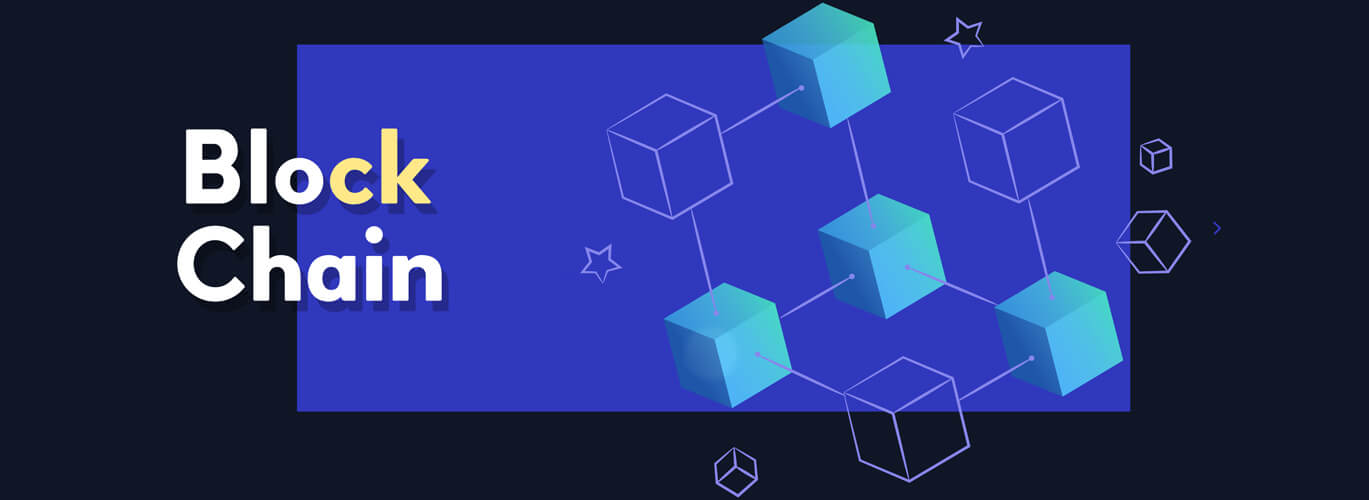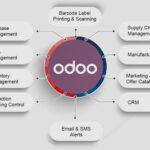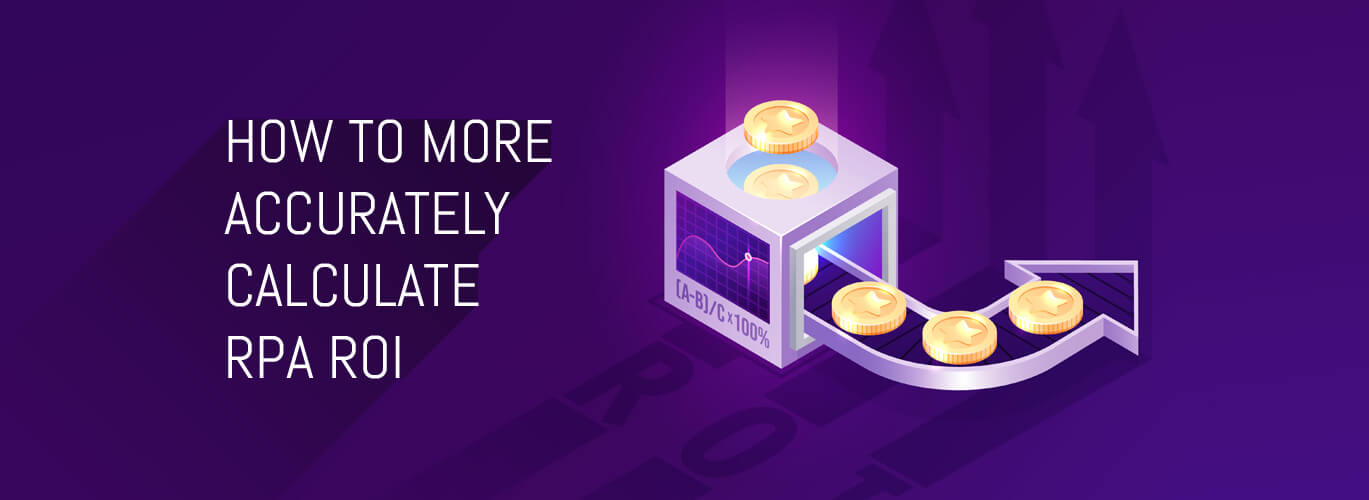Blockchain applications have increased in popularity over the last decade. As per the research, the worldwide blockchain industry was worth $2.89 and is predicted to be worth $137.29 billion by 2027, rising at a CAGR of 62.7 percent from 2020 to 2027.
As defined in Wikipedia, “Blockchain analysis is the process of inspecting, identifying, clustering, modelling and visually representing data on a cryptographic distributed-ledger known as a blockchain. The goal of blockchain analysis is discovering useful information about the different actors transacting in cryptocurrency.”
What is Data Analytics?
This is the process of analysing the raw data to find trends that help in attaining the answers to make logical business decisions. It extracts understandings and insights from structured and unstructured data with the support of machine learning and other progressive methods to use and analyse the data.
Businesses are running their growth on the fuel of data. This data is mined, structured, and cognitively analysed in different business applications.
Given below are some advantages of how blockchain will enhance data science.
Document and Data Integrity
In environments like the legal or health care industries, it is important that documents can be made in ways that they cannot be modified. Making use of blockchain, companies can guarantee the data integrity of these documents. As a part of the initial digital creation of the document, its hash can be written to the blockchain to set up its permanence. The method of the blockchain confirms that once the hash is written to the ledger, modifications cannot be done. Any changes to the document can be found as the associated hash would be varied from the one stored on the blockchain.
In the case of data, a document can be a digital representative of a document in the physical world, or it can be a representative of a set of attributes as defined by a document-store NoSQL database. In both cases, records that require undeniable proof of their integrity could leverage the hash value on the blockchain with its connected timestamping as a digital guarantee. This method can become a basic component of data lineage and a team’s capability to exhibit that the data being sourced is accurate and feasible.
Allows Data Traceability
Blockchain allows peer-to-peer relationships. This conveys that if one account could not explain the published methodology, this can be seen by the other peer who could analyse and review the methodology from the beginning to end to find how the results were.
Blockchain allows the user to trace data through ledger transparent channels from the point of entry to exit. The user can know which data is good to use, how to store and update it, its usage and where it comes from.
Allows Data Traceability
Blockchain allows peer-to-peer relationships. This conveys that if one account could not explain the published methodology, this can be seen by the other peer who could analyse and review the methodology from the beginning to end to find how the results were.
Blockchain allows the user to trace data through ledger transparent channels from the point of entry to exit. The user can know which data is good to use, how to store and update it, its usage and where it comes from.
Data Sharing is Smooth and Easy
Smooth and easy flow of data makes the running of the organisation consistent. Handling data on paper is not only complex but is difficult to manage as well.
Blockchain technology is captivating when it comes to data flow and access. It can be viewed, transferred, and accessed easily in real-time, making it possible for two or more users at the same time.
This simple and smooth data flow without restrictions simplifies the administration process.
Makes Real-Time Analysis Possible
Real-time data analysis is challenging. Even so, blockchain technology allows companies to analyse data on a real-time basis in an efficient way that helps in finding any irregularities at an early stage.
Blockchain also allows two or more people to work on the same kind of details at the same time like the spreadsheet feature where the modifications can be made and assessed by various users on a real-time basis.
As the need for blockchain grows beyond being the technological pillar of the cryptocurrency, companies around the world will keep on finding new and innovative ways to leverage it. Data and analytics teams plugged into this technology trend will be able to discover better ways to work on their strategies as well. They will be capable of leveraging it to drive profits, lower risk, and augment business processes to modernise operations.






